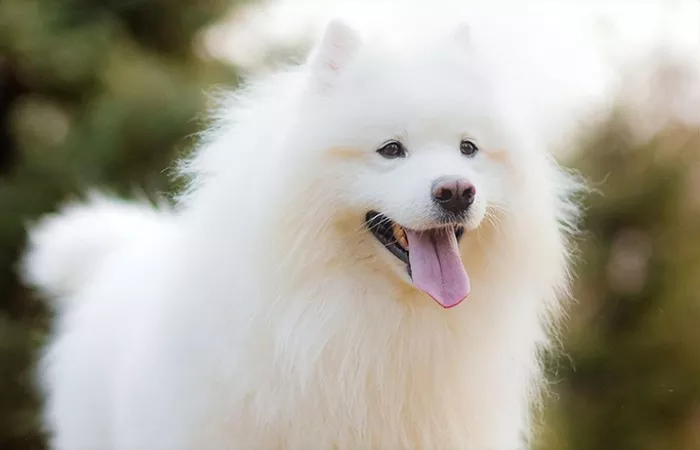The intricate, polygonal patterns seen on the noses of dogs and other mammals, such as ferrets and cows, have long intrigued researchers. Now, scientists at the University of Geneva have uncovered how these patterns form during embryonic development, using cutting-edge 3D imaging and computer simulations.
The study, published in Current Biology, reveals that the differences in growth rates between layers of skin tissue lead to dome-shaped structures on the nose, which are supported by underlying blood vessels. This newly identified process not only explains the unique design of dog noses but may also offer insight into how other biological structures are shaped by blood vessels during development.
Patterns in Nature
Nature is full of fascinating patterns and shapes, from the stripes on zebras to the spots on cheetahs. Even pine cones display characteristic spiral formations. These patterns are formed through various morphogenetic processes, which govern how organisms take shape during their early growth stages.
Morphogenesis generally follows two key pathways. One is based on chemical reactions, like those described by Alan Turing’s reaction-diffusion model, which explains how animals develop stripes and spots. The other is driven by mechanical forces, such as varying growth rates between different tissues. For instance, the human brain’s cortex folds as the outer layer grows faster than the inner layers.
Understanding Dog Nose Patterns
Professor Michel Milinkovitch and his team at the University of Geneva study the processes behind the development of these natural designs. Their recent focus was on the polygonal patterns found on the rhinarium, or the bare skin of the nose, in mammals like dogs, ferrets, and cows. These grooves not only give the nose its unique appearance but also help it retain moisture, which aids in collecting scent molecules and pheromones.
To explore how these patterns form, the Geneva researchers teamed up with experts from the University Paris-Saclay, the Alfort National Veterinary School, and the Institute of Neurosciences in Alicante. They studied dog, cow, and ferret embryos using advanced 3D imaging techniques.
3D Imaging Sheds Light on Nose Development
Using light sheet fluorescence microscopy, the researchers were able to create detailed 3D images of the nose tissue. They discovered that the polygonal grooves on the epidermis, or outer skin layer, form during embryonic development in all three species. These grooves align perfectly with a network of blood vessels in the dermis, the deeper skin layer. The researchers also found that the outer skin cells grow more rapidly than the deeper dermal cells.
Blood Vessels as Structural Supports
To further understand how this process works, the research team developed a mathematical model and ran computer simulations. The model considered the different growth rates of the skin layers, their stiffness, and the presence of blood vessels. They found that as the outer skin layer grows, mechanical stress builds up at the locations of the underlying blood vessels, which act as structural support points.
“The excessive growth of the epidermis creates stress, which is focused at the points where blood vessels are located. These vessels provide rigid support, pushing the skin outward and forming domes,” explained Paule Dagenais, the study’s lead author and a postdoctoral fellow at the University of Geneva.
A New Mechanism in Morphogenesis
This discovery introduces a new concept called “mechanical positional information,” which describes how the layout of blood vessels influences the formation of structures during development. In the case of mammalian noses, the rigid blood vessels in the dermis guide the formation of grooves and domes in the outer skin layer.
“This is the first time this mechanism has been described in relation to embryonic development,” said Professor Milinkovitch. “We believe it will also help explain how other biological structures form in relation to blood vessels.”
The findings not only reveal how the distinct patterns on dog noses arise but also provide a new perspective on how similar processes may shape other biological features during growth. This research opens the door to further studies on the influence of blood vessels in the development of various structures in living organisms.
Related topics:
Neglected Rescue Dog Finds Loving Home Through Fortuitous Encounter
Veterinarian Warns Against Common Dog Treats and Safety Practices
Dog Owner Under Investigation in Abandonment Case


